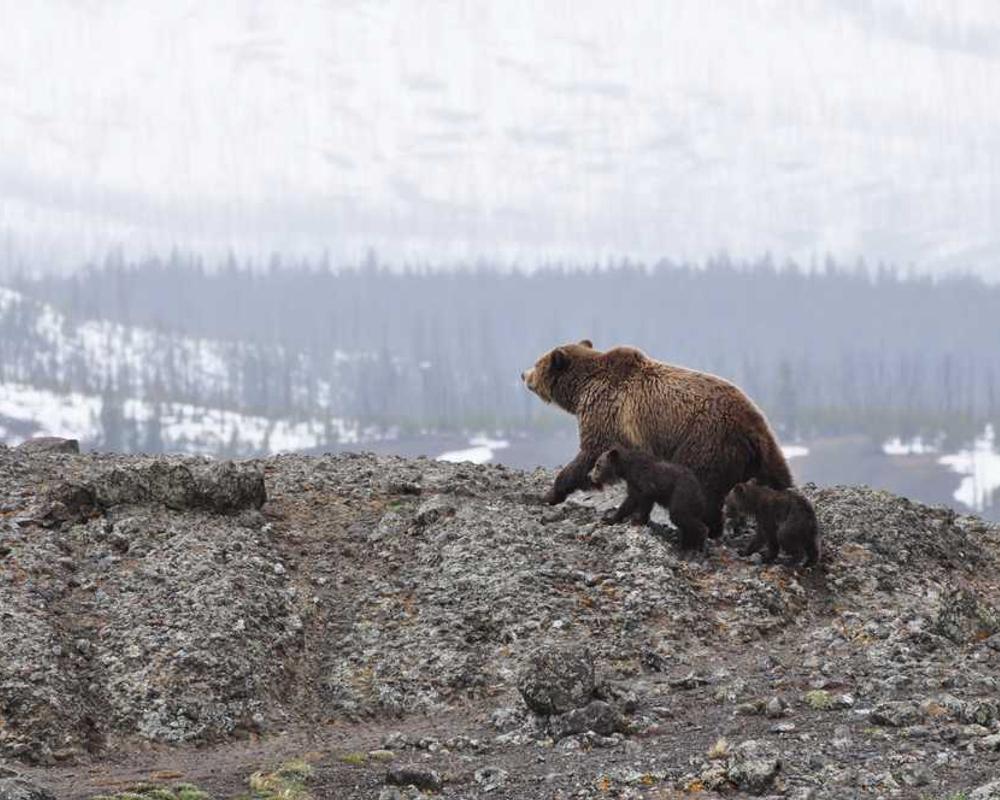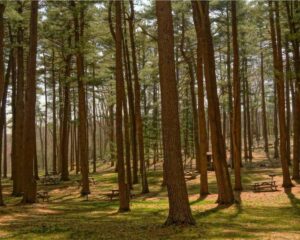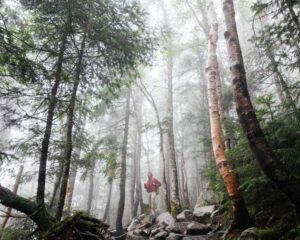The Light Within the Shadows
The Light Within the Shadows
In the heart of a once-thriving town, now a ghostly shell of its former self, a lone figure sat on a crumbling park bench, her hands trembling. Margot stared at the remnants of the playground where laughter had once echoed, her heart heavy with the weight of her past. Just two months out of prison, the world felt unbearably large and devoid of warmth. Memories of her mistakes haunted her—choices that had led to her incarceration, the trust she had shattered, and the family she had driven away. Redemption seemed as distant as the sun behind the thick layer of clouds that hung above.
But the stormy sky was not without its hints of change. As Margot sat, the first rays of dawn broke through, casting a soft golden light on the park. It was during that moment, caught between memories of darkness and glimmers of hope, that she spotted a small group of children giggling as they chased each other, their joy infectious. A pang of longing gripped her—she yearned to be a part of that innocence, to feel the warmth of connection again. Yet, guilt clawed at her, reminding her of the mother she had once been, now just a ghost in her children’s lives.
The following day, Margot found herself wandering into a community garden, a place that had sprouted amidst the decay of the neighborhood. Colorful flowers blossomed where weeds once thrived, and she watched as volunteers tended to the earth, laughter mixing with the scent of fresh soil. Something stirred within her—an unacknowledged desire to help, to cultivate instead of destroy. She hesitated at the entrance, doubt gnawing at her. Could she truly be a part of something good? What would they think of her if they knew her story?
That Wednesday afternoon, Margot took her first step toward change. She approached a woman who was planting seedlings. “Can I help?” she asked, her voice barely above a whisper, the weight of her past hanging between them like a dark cloud.
The woman looked up, her bright smile warm and inviting. “Of course! We could use all the hands we can get.” Margot joined in, her heart pounding as she dug her hands into the earth, feeling the coolness of the soil between her fingers. For the first time in a long while, she felt the stirrings of hope. Each seed planted felt like a promise—a promise to herself and to those she had hurt.
But the path was anything but smooth. As days turned to weeks, Margot faced the haunting whispers of her past. Old acquaintances lurked around corners, tempting her with remnants of her old life, their laughter taunting her resolve. The shadows of her former self loomed larger, whispering that she did not deserve this new beginning. On one particularly difficult day, as she prepared for a group meeting at the garden, Margot found herself standing at a crossroads—one path leading back to the familiar shadows of addiction and despair, the other lit by the flickering flame of hope.
That night, staring at her reflection in the cracked mirror of her small apartment, Margot confronted her demons. “You can’t go back,” she murmured to herself, her voice breaking. Tears streamed down her face as all the guilt, shame, and longing for forgiveness poured out. In that moment of vulnerability, she felt an ember of courage ignite within her. If she was to find redemption, it would not be through the easy route back to destruction, but through the hard-earned journey of rebuilding her life.
The next day, Margot returned to the garden, her resolve strengthened. As she worked alongside others, she shared her story—not to seek pity, but to show that change was possible. “I want to help others,” she said, her voice steady. “I want to be a part of this community.” For the first time, the shame of her past transformed into a badge of honor—the reminder of how far she had come and how much further she could go.
Margot’s journey was fraught with challenges. She faced rejection from some, skepticism from others, and still the ever-present shadow of doubt. But within the community, she found allies—people who believed in second chances. Together, they cultivated not just a garden but a space of healing and connection. Margot discovered her passion for teaching children about the environment, sharing her love for nature and the lessons she had learned through her struggles.
In a defining moment, she stood before a group of children, her heart racing. “You are the seeds of tomorrow,” she told them, her eyes shining with hope. “What you learn today will help you grow into something beautiful.” In their eager faces, she saw her own children—their laughter, their dreams—and it ignited a fierce determination within her to keep moving forward.
As spring melted into summer, Margot stood in the garden, surrounded by blooming flowers and smiling faces. She found solace in the connections she had forged, the friendships built on honesty and vulnerability. Each flower that blossomed was a testament to her journey—a symbol of growth and renewal.
Yet, the most profound change occurred within her. On a quiet evening, standing under a canopy of stars, Margot felt the weight of her past lift. She had learned that redemption was not a destination but a continuous journey, one that required daily effort and a commitment to growth. Forgiveness, she realized, started within; she had to forgive herself to fully embrace the light that now surrounded her.
And as she looked up at the stars, she whispered a silent promise to herself. “I will keep growing, keep nurturing, not just this garden, but the life I have chosen.” In that moment, she understood that the shadows would always be a part of her story, but they no longer defined her. Margot was no longer merely a reflection of her past; she was a testament to the resilience of the human spirit, an embodiment of hope that could flourish even in the darkest of places.
















Post Comment